Artist and Empire at Tate Britain
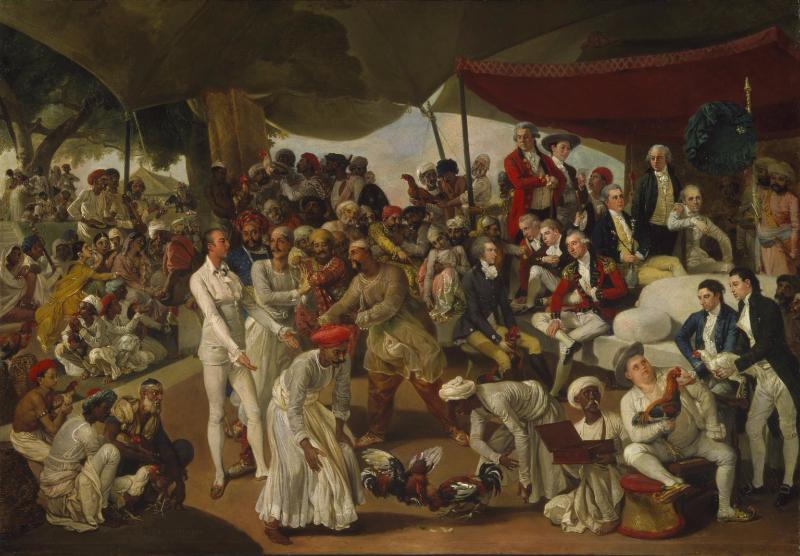
Throughout the ages, art has consistently and inevitably reflected the historical events of its time. This has naturally led to a parallel account of history, one that relies on visual means to narrate, glorify and criticise. While this alternative record of the past may not be as factual or as detailed as history books or documents, it is perhaps the most powerful of communicative mediums. Art is one of the rawest and most direct tools of representation; not only does it allow for a wider spectrum of interpretations, but it can also accommodate the evolution of connotations attached to piece.
Tate Britain’s Artist and Empire recounts the British Empire through six rooms of art work that eloquently describes its enormous political and social impact on the world. The exhibition begins with a collection of maps detailing the expansion of the empire. Here we see interesting, unconventional ways of representing the planet, including a cable communication map that places Britain as the centre of the world. Next there is a section dedicated to the trophies and artefacts that were appropriated by Britain, and another displaying paintings celebrating heroic moments of battles and conquests.
Another part of the exhibition focuses on the individuals who played important roles in the imperial movement. Grand portraiture was a way of exalting the empire itself, but apart from introducing people to the protagonists, the portraits are significant in that they reveal a merging of cultures through dress and customs. This leads to the Face to Face section, which gives an insight into the perspective of those whose lands were invaded. The room is fascinating as it focuses on the meeting point between peoples, on the reciprocal gaze. Each side was intrigued by the other and studied it with the utmost interest.
Finally, there is a space dedicated to post-empire art, which discusses Britain’s relation to its former colonies and the artistic and cultural residues seeping from either side. There are some satirical pieces condemning the invasion and contamination of cultures, but the art of the aftermath mainly reflects on migration, importation and mixed backgrounds.
An insightful and educational exhibition, Artist and Empire is a rich introduction to a crucial point in history and the ensuing arm-wrestling between cultural identities and values. The exhibit’s structure gives a real sense of the build-up of power and tensions, and leaves one considering the forces that can redefine cultures, re-shuffle hierarchies and continue to impact modern societies.
Mersa Auda
Artist and Empire is at the Tate Britain from 25th November 2015 until 10th April 2016, for further information visit here.

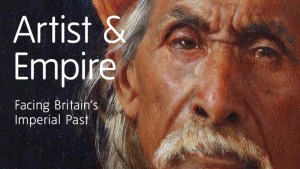
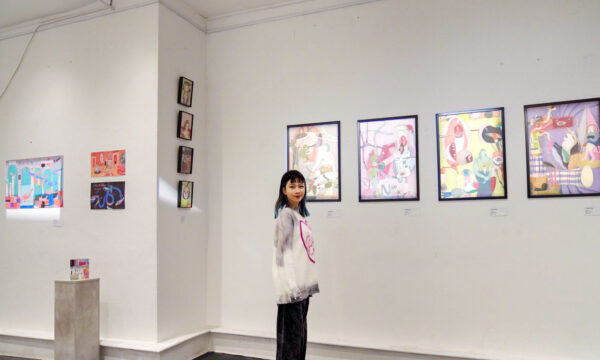
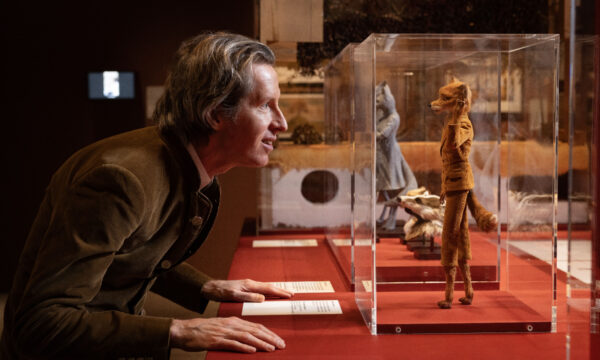
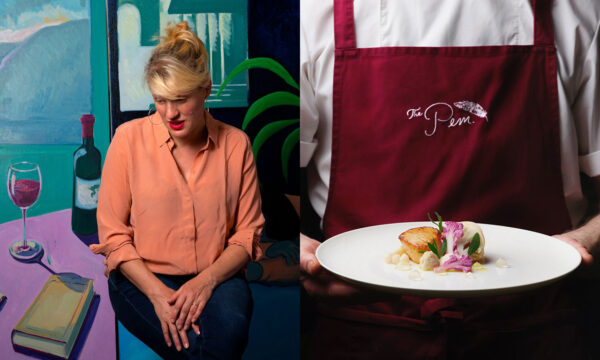
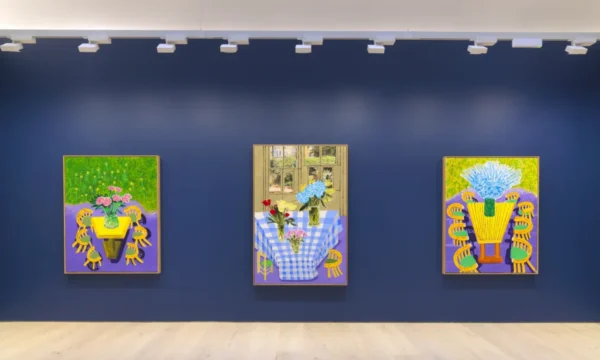
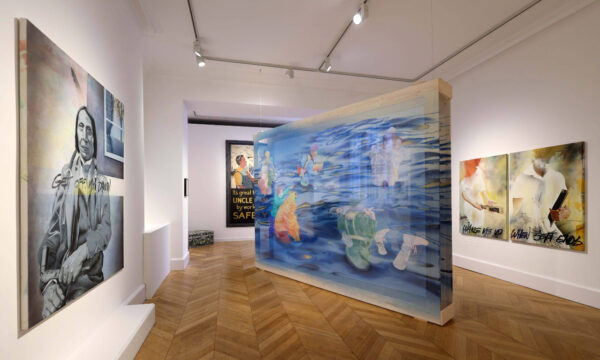
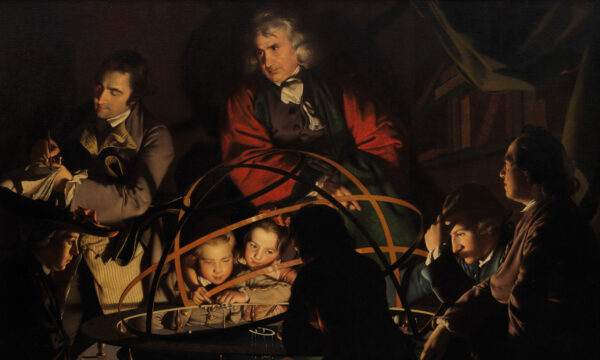
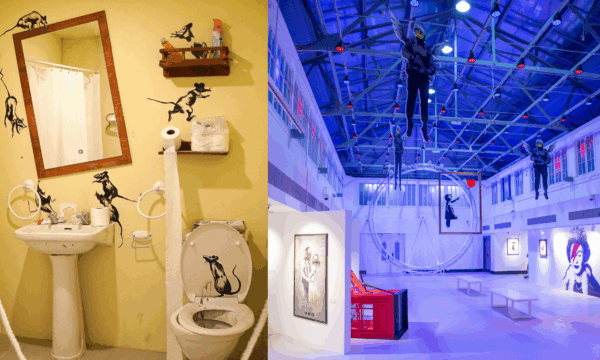
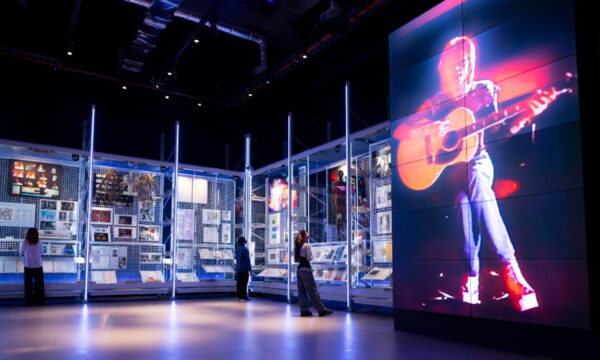
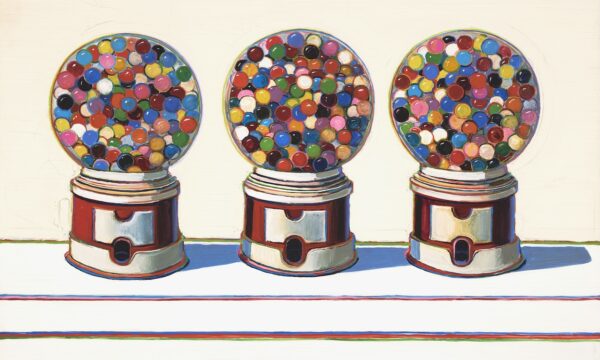
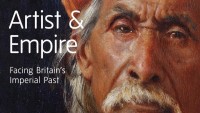
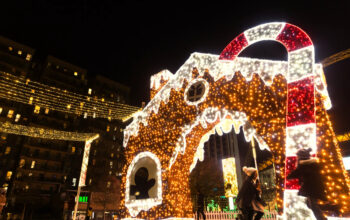




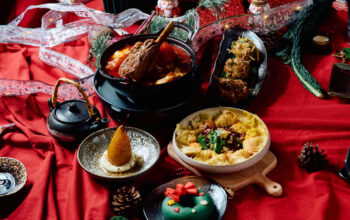




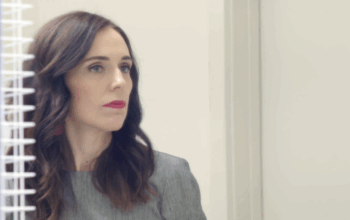



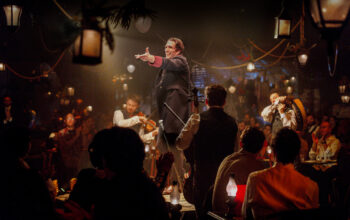
Facebook
Twitter
Instagram
YouTube
RSS